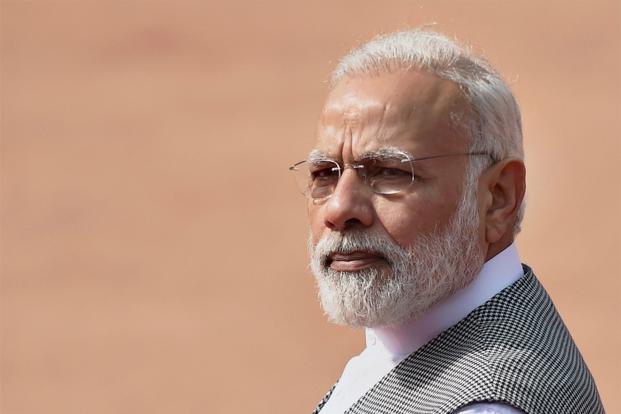Pay gap from bosses to staff to widen – think tank

According to research from a think group, the salary gap between firm executives and regular workers is projected to grow this year after dropping during the height of the COVID epidemic.
According to the High Pay Centre, executive pay cuts resulted in a decrease in the median pay gap between FTSE 350 CEOs and employees last year.
However, preliminary evidence suggests that the margin may increase again in 2022.
Retail had the highest pay ratios, while media and financial services had the lowest.
Maximum pay ratios were proposed by unions to “bring some fairness back” to the system.
Food, fuel, and energy prices are all eating into household budgets as the cost of living continues to rise.
Prices were already rising as economies recovered from pandemic restrictions, but the crisis in Ukraine has pushed prices much higher, with salaries failing to keep up.
Inflation in the United Kingdom increased to 9% in the 12 months to April, up from 7% in March, and is expected to rise higher by the end of the year.
However, Bank of England Governor Andrew Bailey has already warned workers not to ask for large salary raises to prevent inflation from spiralling out of control.
The average chief executive to average employee pay ratio among 69 companies that revealed pay ratios to the High Pay Centre in the first months of 2022 was 63:1, over double the ratio for the same set of companies in 2021, which was 34:1.
According to Mubin Haq, chief executive of the ABRDN Financial Fairness Trust, which contributed to the research, the prior shrinking of the pay gap during the height of the pandemic showed that “change is achievable.”
Mr Haq stated that wage growth for individuals on lower incomes is “essential” for “millions” to weather the current cost-of-living issue.
According to the latest data from the High Pay Centre, the typical FTSE 100 CEO would earn £2.69 million in 2020. The figure was 86 times the typical full-time UK worker, down from £3.25 million in 2019.






